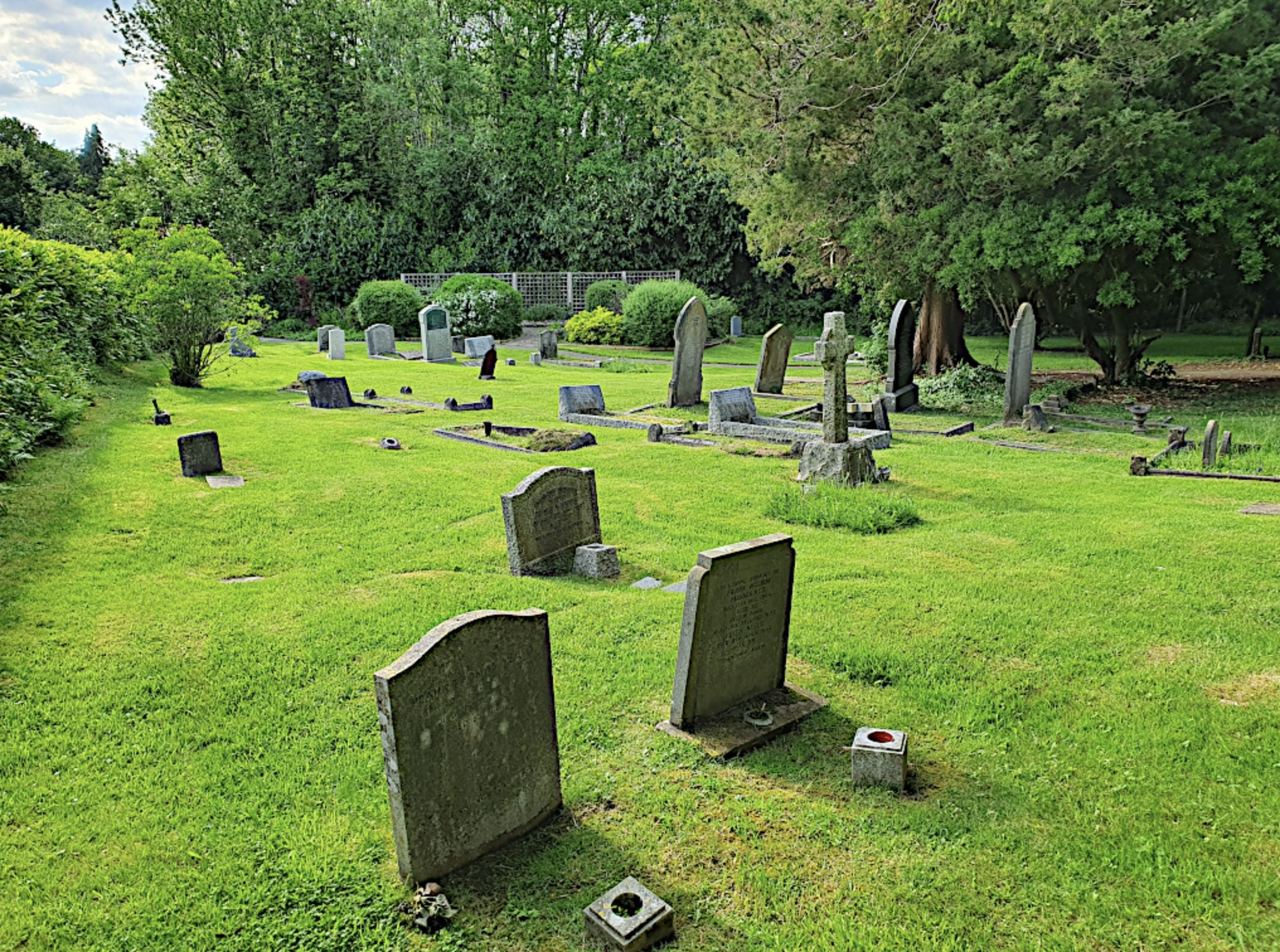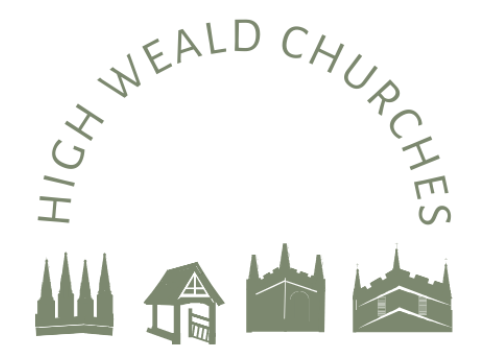St Peter’s, Fordcombe
Getting Here
Spring Hill
Fordcombe
Tunbridge Wells
TN3 0SA
Services
2nd Sunday of the Month
10am Sung Holy Communion
-
Like many churches, St Peter’s, Fordcombe is a place where local industry and landed tradition meet.
In this case, the principal families being the De L’Isles of Penshurst, the Hardinges of South Park and the Field-Marshams of Ashhurst Park, and the industry being paper. The paper mill is long gone now, having been bought out by a rival in 1913, but it is the reason the little hamlet of Fordcom-Green became an (ecclesiastical) parish in its own right, with church, shops (now closed), pub, and even laundry!
Chafford Mill, on the Medway, had been the site of a grain mill for the local agriculture that sustained the hamlet, but then in the late 18th century, enterprising William Slidolph built a paper mill. This new mill changed the life of the hamlet, importing many new labourers, until by the mid-19th century it was supplying the paper for the Bank of England, the stamps for the Royal Mail and the British Government of India. This last was most likely because one Henry Hardinge, the son of a Durham Rector, educated in Sevenoaks, had done extremely well for himself in the expanding British Empire, and in 1830 bought South Park, part of the Penshurst Place estate. In 1844 he was appointed the Governor-General of India, being made a Viscount two years later. It seems extremely likely that he promoted the business of his local paper mill in the workings of the Raj of which he was now a significant part.*
This phenomenally successful mill–with its large workforce –supported by the wealthy and influential son of the manse created the context for the building of the Church of St Peter’s, Fordcombe, as a daughter church, or Chapel of Ease, to St John the Baptist’s in Penshurst.
A Chapel of Ease is, in effect, a subsidiary church built to save the legs of parishioners who live –in this case 3 miles –distant from the parish Church. At first, therefore, it was served by Penshurst clergy (the first of whom likely gave the chapel its patron, St Peter, following his work on a book on the same saint) and the people of Fordcombe still needed to get themselves to Penshurst to be married.
Then, in 1870 the size of the now village was such as to justify their own parish (as well as, the following year, the dividing of the local school into two units).
The original design, being a simple chapel at the time, was plainer than the building you see today. The north transept was swiftly added, to house the organ–imported from a school in London –and vestry, but it was the shared grief of the Hardinges and the Field-Marshams (then Fields) that brought the Church of St Peter’s into the form it is today.
In 1906 the widow of George Field of Ashurst Park, herself born a Hardinge, reordered the church in memory of her late husband. St Peter’s acquired a screen across the front of the newly raised chancel, additional murals behind the new altar (which likely replaced a simpler Communion Table) and generally turned the chapel-designed church into something that better fitted the Victorian expectation of a Church.
St Peter’s is still a place that houses grief well. As well as the space inside, which is unfortunately kept locked when not in use, St Peter’s has a substantial churchyard (entered through a Lych Gate erected in memory of Lavinia Hardinge in the 1860s). Throughout the churchyard you can find the family names that have populated this village since its paper-and-empire-based expansion: Hardinges and Field(-Marsham)s as well as the Bakers (ironically a family of sculptors, although the village did house a bakery for many years) and many other denizens –some unnamed and unknown –who have provided the life of this place for decades. And there is, of course, the war memorial to those whose lives were cut short by conflict.
The paper mill is long gone, as well as most of the ‘great families’ –although their descendants still hold the place dear –but the Church of St Peter’s continues to mark the entrance to a village formed in a different age, but flourishing still.
—
*It is a regrettable but common theme with British churches that such beautiful buildings carry in their bones, as it were, traces of the darker history of the money that created most of the Victorian wealth of our country. Both the individual, Henry Hardinge, and to a lesser extent the village, owed their wealth to a company –the East India Company – that relied on the slave trade. (https://www.britannica.com/story/5-fast-facts-about-the-east-india-company)
-
St Peter’s is kept locked when not in use, but if you would like to visit, do be in touch and we can arrange to give you access.
We especially encourage school visits. If you would like to discuss a visit, please email our administrator at office@highwealdchurches.org.uk
-
St Peter’s still has no water supply and no toilets, but we are working on this!
There is level access into the main body of the church, but a step up to the chancel and altar.
The is no carpark or nearby on-street parking.








